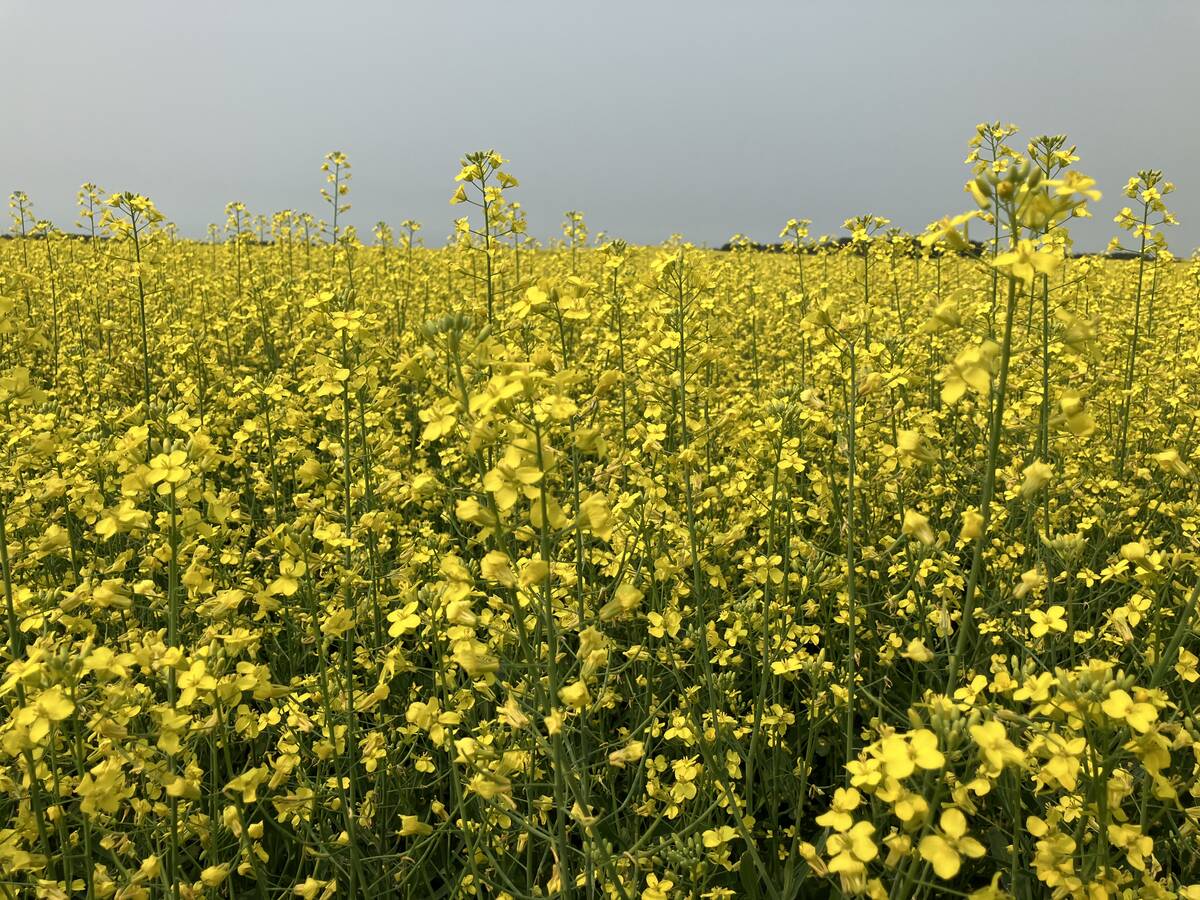Many prairie bison herds are imploding under the compound pressure of
bad prices and terrible drought.
That’s going to hurt an industry that needs more production, say
industry leaders.
But no one is blaming the farmers who have given up hope and are
selling their herds and burying their diversification dreams.
“There’s only so much a man can take,” said well-known North Dakota
bison producer “Doc” Ken Throlson about producers in drought-stricken
Canadian provinces and American states who are culling most of their
Read Also

Canola used in only quarter of Canadian biofuel
Less than one-quarter of the biodiesel and renewable diesel used in Canada in 2024 was made from canola oil feedstock
herds.
“When you see those losses piling up and you can’t even feed your
buffalo, something’s got to give.”
Producers across the United States and Canada were already suffering
from a price collapse before this year’s drought bit in.
It has meant that financially strapped farmers can’t feed their animals
on the land they’re on now, and can’t afford to fence pasture in areas
that have escaped the drought.
Gavin Conacher, executive director of the Canadian Bison Association,
said bison and elk producers are in a worse situation than cattle
producers because they cannot simply move their animals.
Bison require expensive game fences, which raises their per acre cost
of production. In the black soil zone, where most bison are raised, a
comparatively small acreage can support a lot of animals, so the cost
of fencing is not exorbitant. But the black soil zone is the hardest
hit by the drought. Conacher said the drought stretches across the
bison grounds from Whitecourt, Alta., to Russell, Man.
Conacher said many producers won’t even try to hang on to their animals.
“We expect to see a huge cull this fall,” said Conacher.
The Canadian Bison Association has requested a $10 million “inventory
management program” to be set up by Agriculture Canada, but hasn’t
heard if it will receive any help.
Both Conacher and Throlson said producers who survive the drought and
the price downturn should see a much better future.
Even though meat prices are down, demand is steadily growing. Throlson
said there are too few marketing companies establishing supply
contracts, and that has left a lot of demand unsatisfied. The
restaurant demand fell dramatically after Sept. 11, and since that’s
the dominant market for bison meat, bison prices plummeted.
That demand should recover and if retail markets can be opened up,
prices should be more stable.
“This is a new industry, so there are no stops to the pendulum yet,”
said Throlson.
“So you get times like now when the pendulum’s swing has become
ridiculous.”
Conacher said the drought has come at the worst time for the industry.
“It’s in its infancy and it’s hard on it,” said Conacher.
“We just got going and now we get to start all over again.”

















